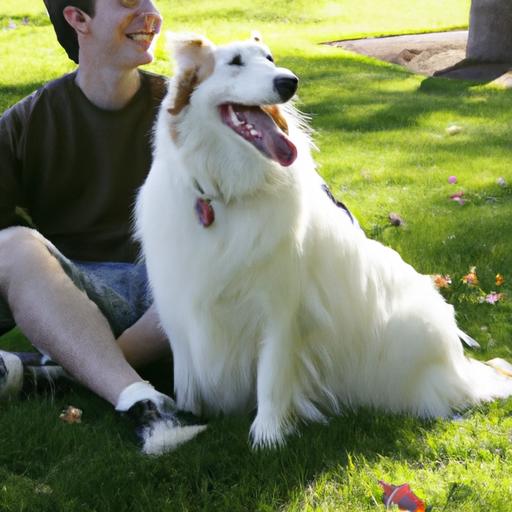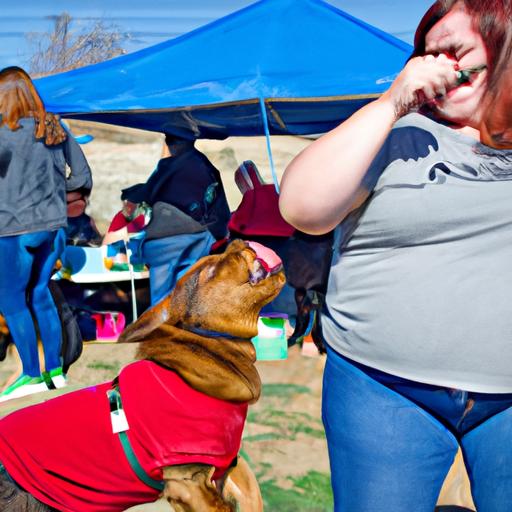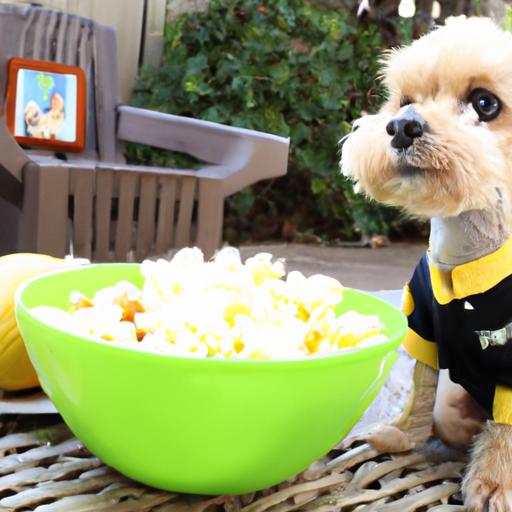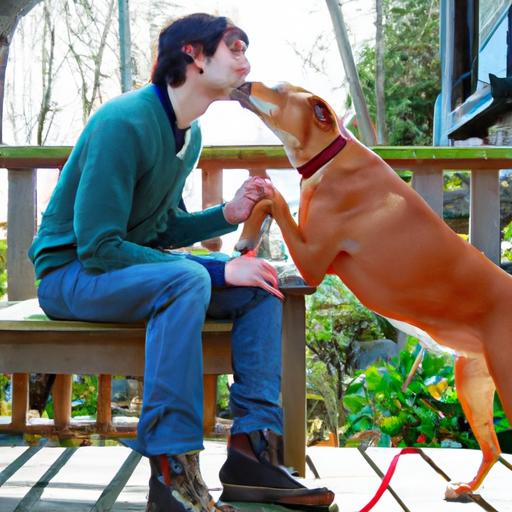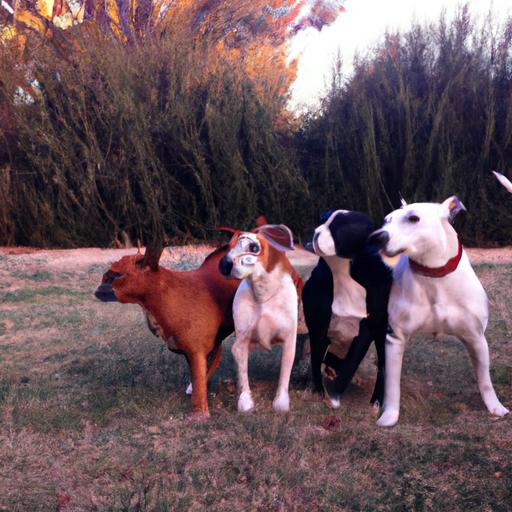
Understanding Canine Pack Behavior
Discover the intricacies of Understanding Canine Pack Behavior. Learn about hierarchy, communication, and training techniques for a harmonious relationship with your dog.
Introduction
As dog owners, it is crucial to have a deep understanding of canine pack behavior. This knowledge allows us to better communicate and interact with our furry friends, ensuring a harmonious relationship. In this article, we will delve into the intricacies of pack behavior, exploring its meaning, significance, and how it impacts our dogs’ lives.
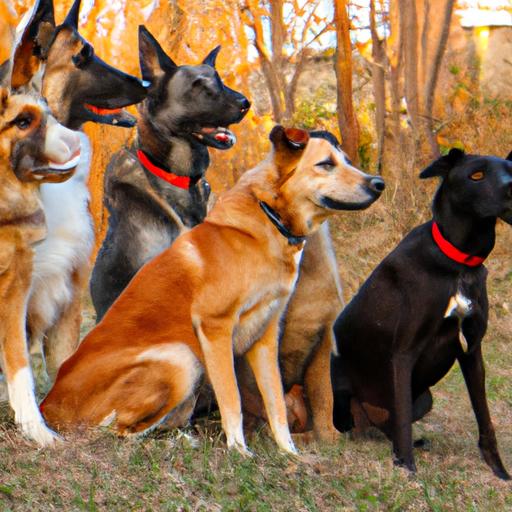
Understanding Canine Pack Behavior
Dogs are innately social animals with a strong pack instinct. To comprehend their behavior, we must recognize the natural tendencies that arise from their ancestry as pack animals. In a pack, dogs establish a hierarchy and social structure, which plays a vital role in their interactions and decision-making processes.
Natural Pack Instincts in Dogs
The pack instinct in dogs is deeply rooted in their DNA. It stems from their ancestors, wolves, who are highly organized pack animals. Understanding this instinct helps us decipher certain behavioral patterns exhibited by our domesticated dogs. By observing and comprehending their pack instincts, we can better address their needs and provide appropriate training.
Hierarchy and Social Structure within a Pack
Within a pack, a clear hierarchy is established, with an alpha or dominant leader at the top. This hierarchy is based on a combination of factors, including assertiveness, confidence, and physical strength. Dogs within the pack instinctively recognize and adhere to this social structure, which helps maintain order and minimize conflicts. Recognizing the hierarchy dynamics aids in effectively establishing ourselves as pack leaders and maintaining a balanced relationship with our dogs.
Communication Methods Used by Dogs in a Pack
Communication is paramount in pack behavior. Dogs employ a variety of methods to convey messages and maintain order within their pack. Through body language, vocalizations, and scent marking, they express their intentions, emotions, and social status. By familiarizing ourselves with their communication cues, we can better understand their needs, prevent potential conflicts, and foster healthier relationships with our dogs.
Factors Influencing Pack Behavior
Various factors influence canine pack behavior. Genetics, early socialization experiences, and individual temperament all play significant roles. Additionally, the environment, including the presence of other dogs or pets, can impact a dog’s pack behavior. Being aware of these factors empowers us to create a suitable environment for our dogs and address any behavioral issues that may arise.
FAQ about Canine Pack Behavior
What are the common signs of dominant behavior in dogs?
Dominant behavior in dogs can manifest in various ways. Some common signs include excessive territorial marking, resource guarding, assertive body language (such as standing tall and erect), and attempts to control the movements of other dogs or humans. Recognizing these signs allows us to address potential dominance issues early on and establish a balanced hierarchy within our pack.
How can dog owners establish themselves as pack leaders?
Establishing ourselves as pack leaders requires consistency, clear communication, and positive reinforcement. Setting rules and boundaries, providing proper training, and ensuring consistent leadership will help dogs understand their position within the pack. By demonstrating calm assertiveness and reinforcing desired behaviors, we can establish a harmonious relationship based on mutual respect and trust.
Are certain dog breeds more prone to exhibiting pack behavior?
While all dogs possess pack instincts, certain breeds may exhibit pack behavior more prominently. Breeds with strong working or herding backgrounds, such as German Shepherds or Border Collies, often have a heightened sense of pack dynamics. However, it is important to remember that individual temperament and upbringing also play significant roles in a dog’s behavior, regardless of breed.
Can pack behavior be modified or controlled through training?
Yes, pack behavior can be modified or controlled through proper training techniques. Consistency, positive reinforcement, and socialization are key. By providing structured training sessions and exposing dogs to various social situations, we can shape their behavior and help them adapt to different environments. Seeking professional guidance from experienced trainers can also be beneficial in addressing specific pack behavior issues.
Conclusion
Understanding canine pack behavior is essential for dog owners who strive for a harmonious relationship with their furry companions. By recognizing the natural pack instincts, hierarchy dynamics, and communication methods, we can effectively address their needs and create a balanced environment. Through consistent leadership and positive reinforcement, we foster a sense of trust and respect, ensuring a happy and well-adjusted pack. So, let’s embrace our roles as pack leaders and embark on a journey of improved understanding and stronger bonds with our canine friends.




